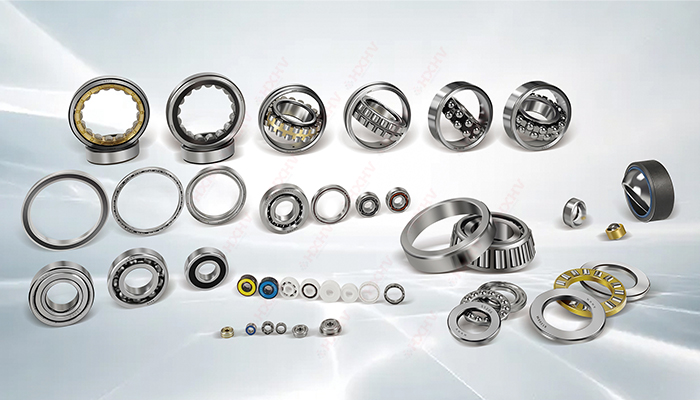Bearings are important components of many machines and equipment because they reduce friction and enable smooth movement of rotating and reciprocating parts. There are two major categories of bearings: ball bearings and roller bearings. They come in different shapes, sizes and properties, suitable for different applications.
Ball bearings use self-aligning balls as rolling elements, while roller bearings use cylindrical, conical or spherical rollers. The main difference between them is the contact area between the rolling elements and the rings. Ball bearings are point contact, which means the contact area is very small. Roller bearings have line contact, which means the contact area is large.
Contact area affects bearing performance and efficiency. Ball bearings have lower friction and resistance, which means they can operate at higher speeds and lower temperatures. Roller bearings have higher load capacity and shock resistance, which means they can withstand heavier and larger shock loads.
Therefore, ball bearings are superior to roller bearings in some aspects, such as:
• Speed: Ball bearings can achieve higher rotational speeds than roller bearings because they have less friction and inertia.
• Noise: Ball bearings produce less noise and vibration than roller bearings because their movement is smoother and more precise.
• Weight: Ball bearings are lighter than roller bearings because ball bearings have fewer and smaller rolling elements.
• Cost: Ball bearings are less expensive than roller bearings because their design and manufacture are simpler and more standardized.
However, ball bearings are not always better than roller bearings. Roller bearings have their own advantages, such as:
• Loading: Roller bearings can handle higher radial and axial loads than ball bearings because they have a larger contact area and better load distribution.
• Stiffness: Roller bearings are stronger and more stable than ball bearings because they deform and deflect less under load.
• Alignment: Roller bearings can accommodate some misalignment and deflection of the shaft and housing because they have a self-aligning feature.
In summary, ball bearings and roller bearings have different advantages and disadvantages, and the choice of bearing depends on the specific requirements and conditions of the application.
Post time: Feb-27-2024

